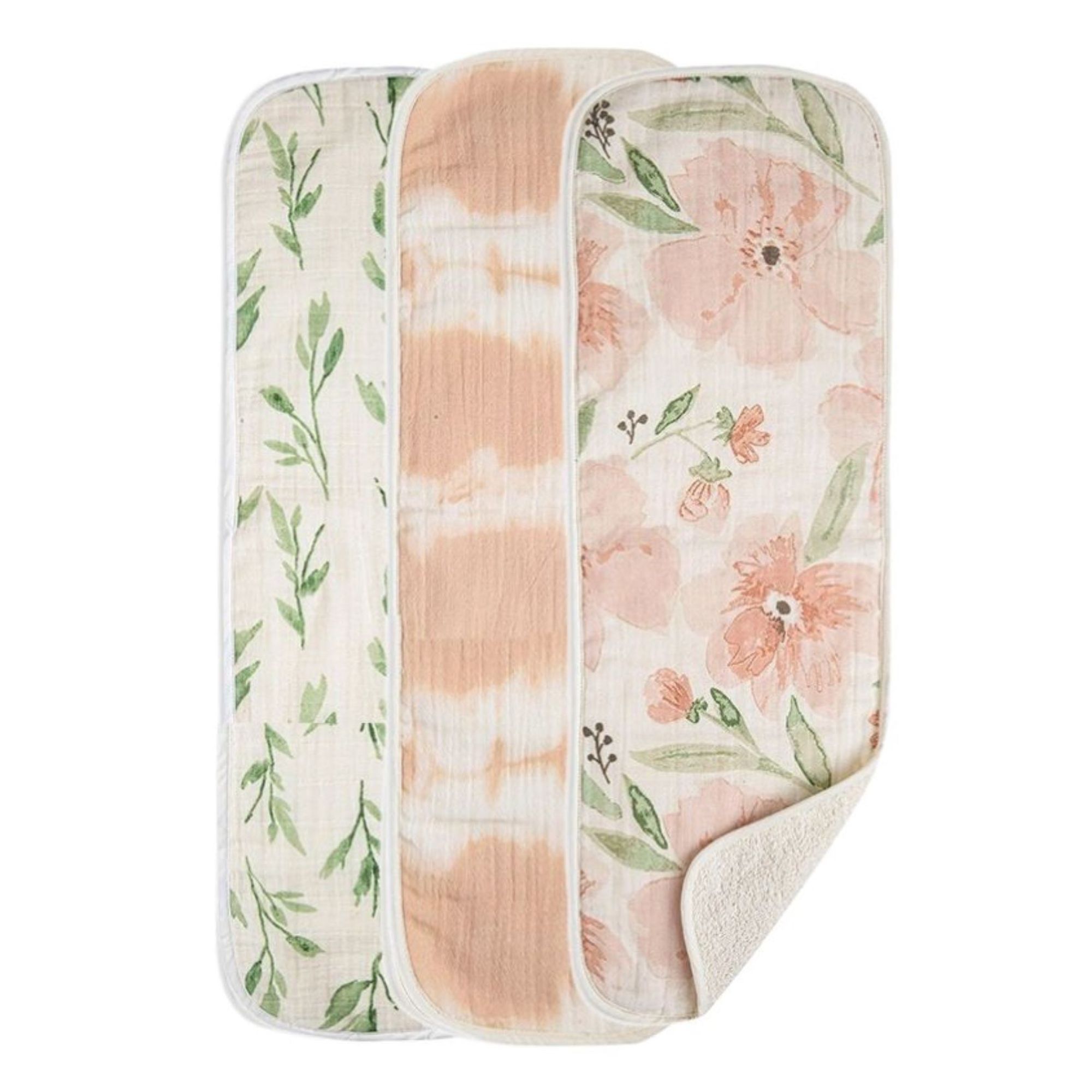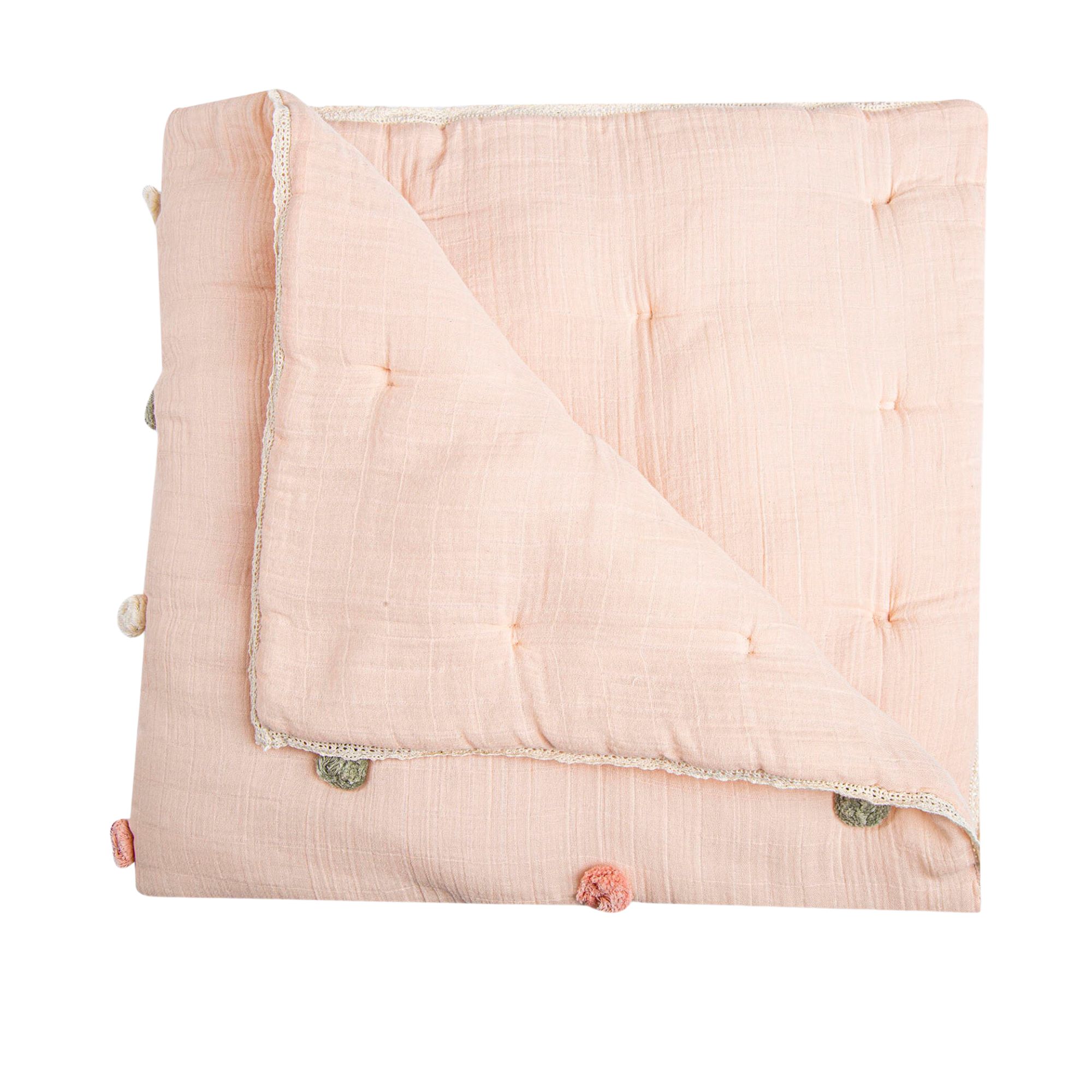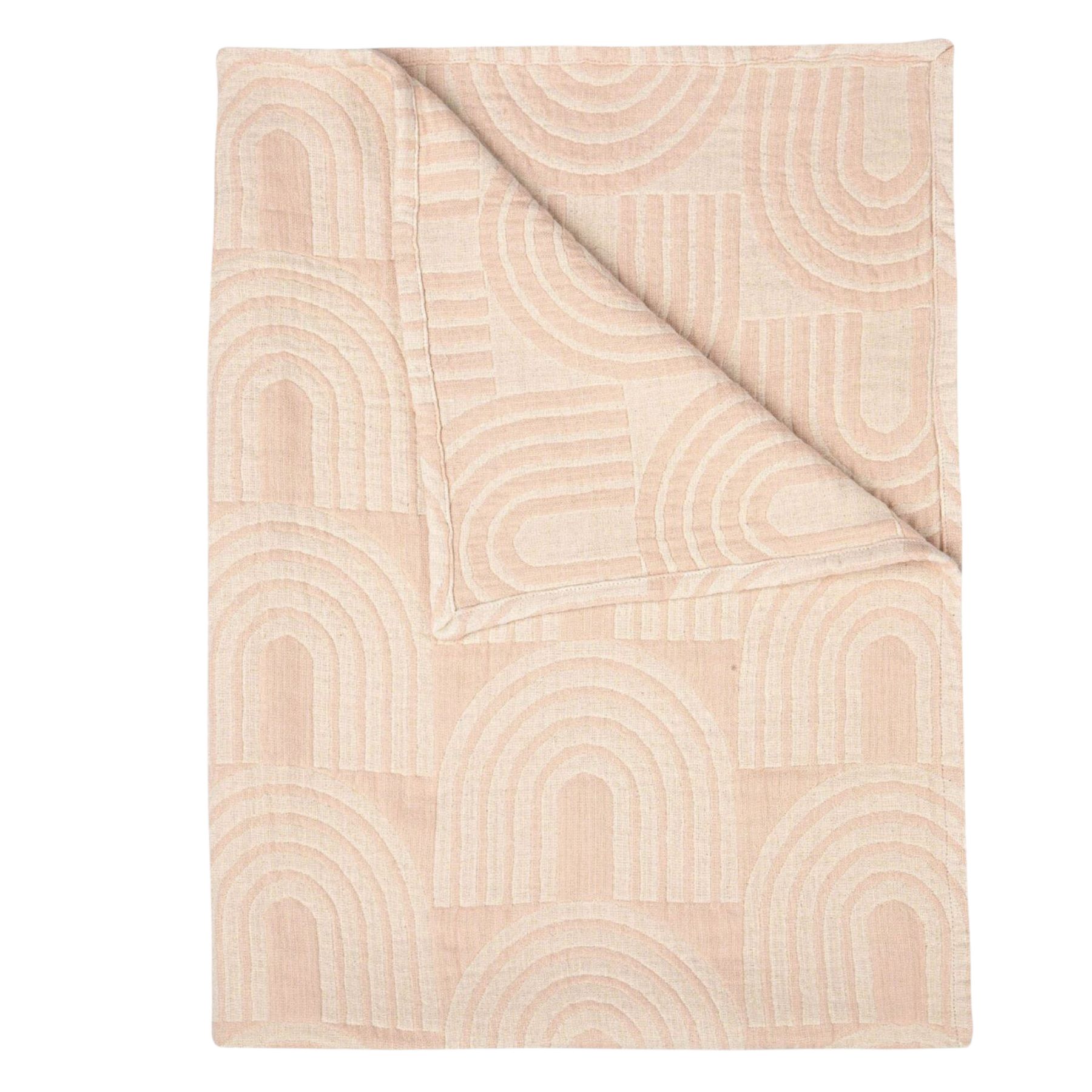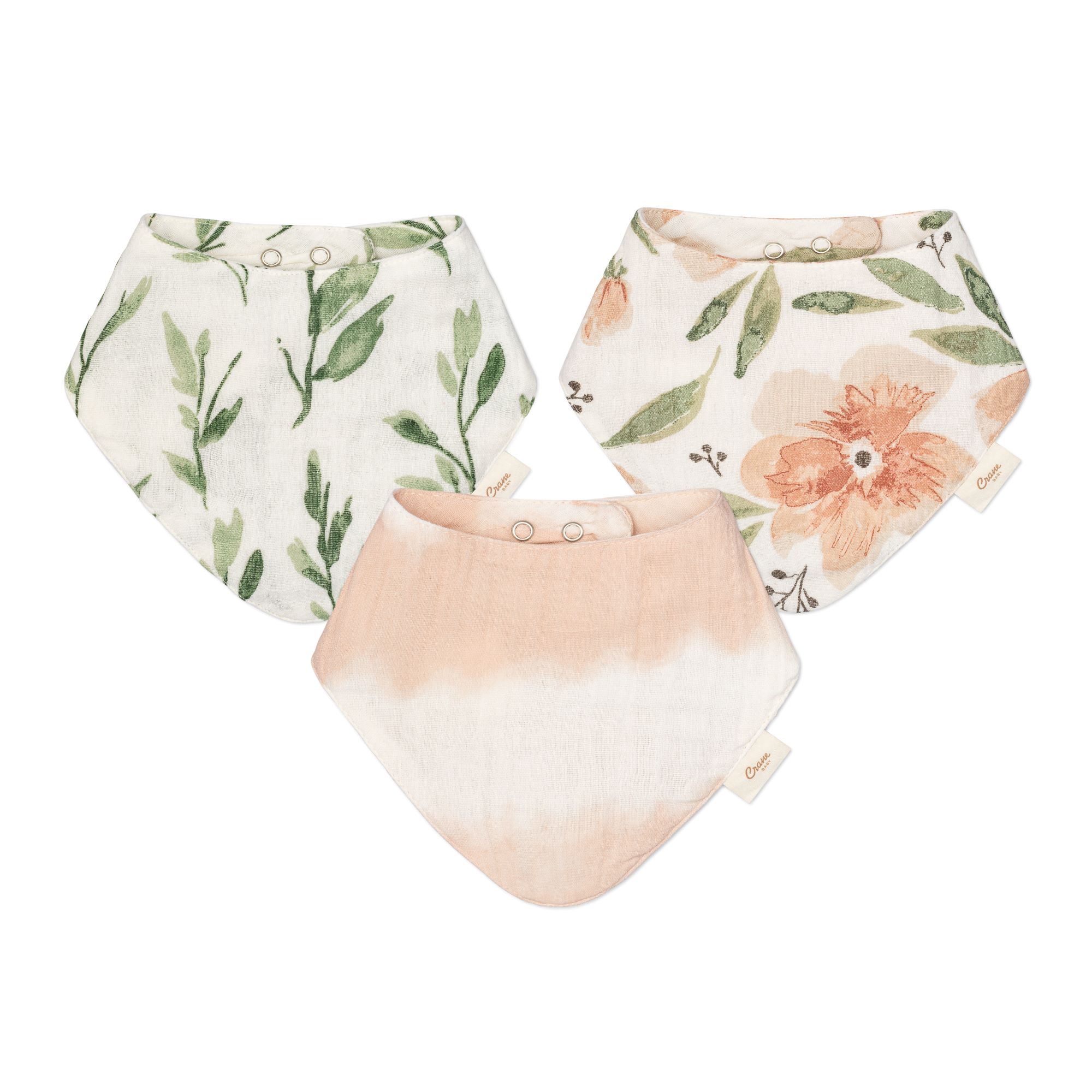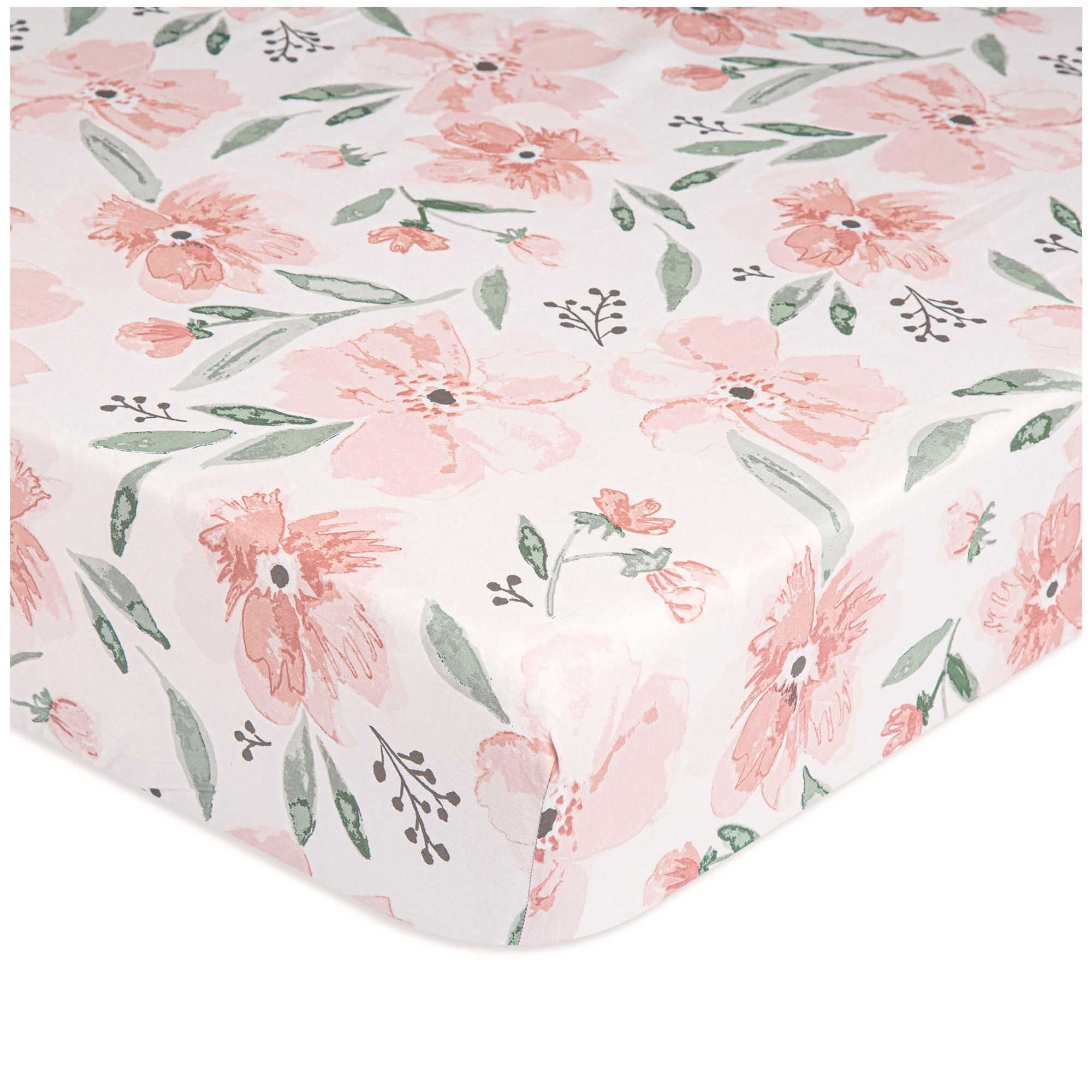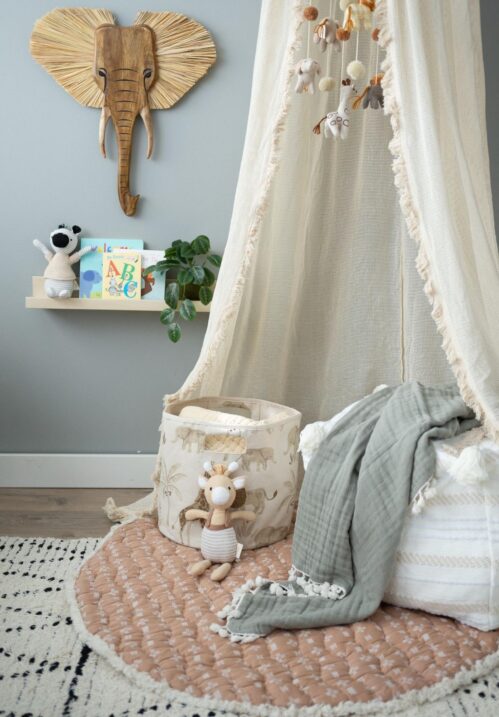
Creating a small, cozy space for your baby can make a big difference. A calming corner is a safe spot where your baby can play, explore and start learning how to handle feelings as they mature. You can also use this area for tummy time, which helps your baby build neck, shoulder and arm strength while supporting early motor skills. It’s important to remember that babies should never be left alone during tummy time, though. You being there is part of what makes this corner safe.
SO, let’s talk more about what the calming corner is, how it can grow with your child, and how to create one.
What Is a Calming Corner (and What It Isn’t)?
A calming corner is usually used for older children, but it’s a little spot in your home where your child can slow down, relax and feel safe. It’s filled with things that feel cozy. So, think soft pillows, a favorite stuffed animal or a small sensory toy for older children. This isn’t a punishment area or a “time-out” spot. Your child chooses to use it, and that’s what makes it special. It’s a place to practice calming down and learning to manage big feelings in a positive way.
A calming corner gives your child a sense of safety and helps them build important skills like self-awareness and patience. It’s also a place for co-regulation, which is really just a fancy way of saying you can sit together and calm down as a team. Some families call it a quiet corner or a cool-down corner, but no matter the name, it’s all about creating a safe, comforting space your child enjoys. You can create the start of a calming corner in your baby’s nursery, but adapted for tummy time.
Why Combine Tummy Time with a Calming Corner?
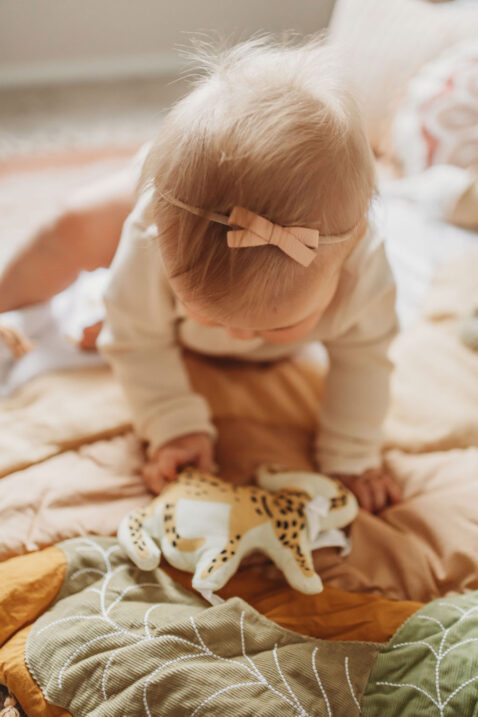
Using a calming corner for tummy time is a simple way to create a nice calming place that your child can use as they grow up. Tummy time helps babies build the muscles they need to lift their heads, roll and eventually crawl. It also encourages coordination and strengthens their back, shoulders and arms. When you combine tummy time with a calming corner, your baby can start to associate the space with comfort, attention and fun, not just exercise.
You can make the corner inviting for tummy time with a soft play mat. You don’t need much for tummy time. However, adding a safe, clean environment, like using a humidifier or air purifier in their nursery, can also make the space healthier and more comfortable for your baby. And remember, babies should never be left alone during tummy time. Your presence is part of what makes the corner feel safe and calming.
Over time, this same space can grow with your child, too. What starts as a tummy time area for a baby can easily become a toddler’s calm-down corner, filled with pillows, soft toys and simple activities that help them learn to manage big feelings.
By blending physical play and emotional learning in one spot, you’re helping your child develop strength, confidence and healthy coping skills, all in a space they already know and love.
Age-by-Age Guide to Your Calming Corner
As we talked about above, a calming corner can grow and change as your child grows, starting with tummy time for babies and evolving into a toddler-friendly, calm-down corner. Here’s a simple guide for each stage:
Babies (0–12 months)
At this age, the focus is on tummy time and safe exploration. A soft tummy time mat is perfect for giving your baby room to stretch and lift their head. You can also keep the air comfortable with a humidifier or air purifier, making the corner clean and cozy. Always supervise your baby during tummy time. Your presence is key for both safety and comfort.
Toddlers (1–3 years)
This is the time when you can start introducing more calming tools. Add soft pillows, a favorite stuffed animal or a sensory item to the space. Simple activities, like stacking blocks or using plush toys to play, can help your toddler learn to settle themselves when they feel upset. Just be sure there are no choking hazards. The corner should still feel cozy and inviting, not like a punishment area. Toddlers will start to enjoy using the corner independently, but you can sit with them sometimes to model calm behavior.
Preschoolers (3–5 years)
By this age, your child can help shape their calming corner. Let them choose some soft toys, favorite blankets or books that they enjoy. You can also add visual cues, like a feelings chart or a small timer, to help them understand emotions and routines. This isn’t necessary, though. The goal is to make the corner a place they feel ownership over. So, a spot that supports both relaxation and emotional learning.
Step-by-Step Guide to Creating Your Calming Corner
Creating a calming corner doesn’t have to be complicated. We’re going to break it down into a few easy steps to help you get everything set up easily.
Step 1: Pick the Right Spot
You want to choose a quiet area in your home that doesn’t get a lot of traffic and where you can keep an eye on your little one. It’s best to separate the corner from places like the bedroom or TV area so it doesn’t get confused with playtime or sleep.
Step 2: Gather Materials
Start with things that make the corner cozy and inviting. Soft rugs, pillows, a small tent or beanbag, and favorite plush toys help your child feel safe and comfortable. Add a few sensory toys like fidget items, books or soft activity toys. For babies doing tummy time, a tummy time mat, a mirror or soft reaching toys make the space fun and developmental. Be sure that there are no choking hazards, cords or heavy furniture in this space for your child’s safety.
Step 3: Add Movement & Sensory Items
Gentle movement can be calming. So, try adding simple items like a small rocking chair, weighted toys or yoga cards designed for kids. These provide gentle sensory input that helps your child settle and feel secure.
Step 4: Establish Light Rules & Routines
Introduce the corner when your child is calm, so it becomes a positive experience. Keep it tech-free and clearly separate from general play areas. Always supervise during tummy time and when trying new activities. Consistency helps your child know what to expect and makes the space a trusted spot for relaxation.
With a little planning and some simple items, your calming corner can become a go-to space for both tummy time activities and calming activities for kids, giving your child a safe and inviting spot to grow, play and learn to manage their emotions.
Tips for Teaching Your Child to Use the Corner
Modeling calm behavior yourself is very helpful. Children learn by watching, so if they see you taking a moment to relax or enjoy a quiet activity in the corner, they’ll understand it’s a safe place for everyone. You can rotate the toys or sensory items every week or two to keep things interesting and make the corner feel fresh.
Set simple rules so your child knows how to use the space. Make it clear that the corner is for calm moments and calming activities for kids, not general play. Keep it tech-free and easy to access, so it becomes a predictable and trusted spot. Over time, your child will naturally turn to the corner when they need a break or a little calm, giving them tools to manage their emotions while feeling safe and supported.
A calming corner is really more than just a cozy spot. It’s really a place where your child can feel safe, explore and learn to manage their emotions. Starting with tummy time for infants and evolving into a toddler-friendly, calm-down corner, this space supports both physical development and emotional growth. By keeping it simple, comfortable and filled with items your child loves, you’re helping them develop important skills they’ll use for years to come.
Creating your calming corner is easy with the right tools. From soft tummy time mats to plush toys, sensory items and air-purifying products, Crane Baby has everything you need to set up a safe and inviting space. Explore our collection of baby and toddler items today and start building a calming corner your child will love.
Frequently Asked Questions
How do you create a calm-down corner?
- Pick a quiet, low-traffic spot in your home.
- Add soft pillows, rugs or a small tent to make it cozy.
- Include a few sensory toys or favorite plushies.
- Keep it separate from general play areas and tech-free.
- Introduce the corner when your child is calm, not upset.
What age should you start a calm-down corner?
You can start with a simple tummy time station for infants, using a soft tummy time mat and a few plush toys. Around 18–24 months, you can evolve the space into a toddler-friendly calming corner, adding pillows, sensory items and simple activities to help them learn to self-soothe.
What does a calming corner look like?
A calming corner is soft, safe and inviting. It can have a rug or mat, pillows, favorite plush toys and a few sensory items. You can also include a humidifier or air purifier to keep the air clean and comfortable. The goal is to create a space your child wants to use, whether it’s for tummy time activities or other calming activities for kids.
